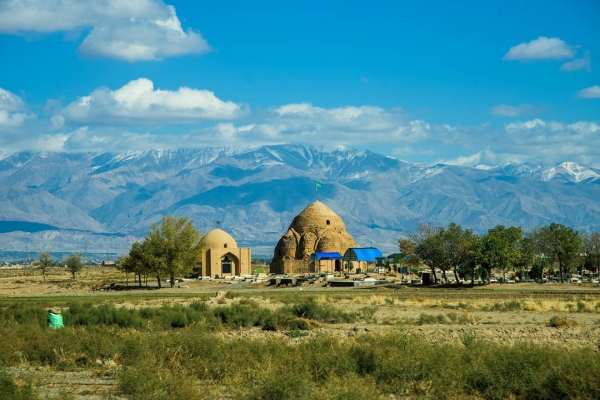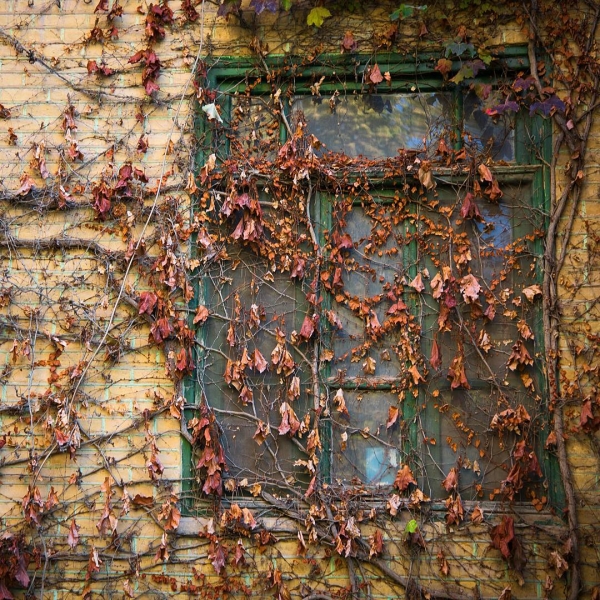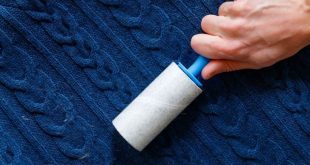Nishapur is located in the northeast of Iran, in 670 km from Tehran, in Khorasan province. He is most famous as the birthplace of Omar Khayyam. The city is famous for its poetic atmosphere, gorgeous landscapes on the edge of the desert, the world’s best turquoise. As Khayyam was not a poet, when every day, from childhood, he was surrounded by such beauty?!
All photos taken by Dr. Saeed of Malekian, a physician residing in this city.


“Kuze,” the clay jug, which often mentions Khayyam in his rubah. The water in the pitchers keeps cool and so pleasant to the taste! But, of course, over time these pitchers are spoiled and moldy, so in some provinces of Iran before the New year decided to beat the old jugs. This custom is good for the economy: it gives the potters the opportunity to earn extra money! The tradition is called “Kuze-sekani”. In Persian literature and poetry potters and pottery has always given special attention.



Accessories for Persian calligraphy. The most important is the pen (“Kalam”) – in a special way from a sharpened reed. Reed (“it”) plays an important role in the culture of Iran: it is musicians play, poets write and artists paint, the image of the cane is important in art and literature. I wonder if there is in Russia a plant that would play an equally important role in the culture and art of the people?

Chekhov in Iran very much!

For older people this photo is full of nostalgia. Brown packaging (similar to the little package of tobacco) of tobacco with a kind of Soviet “Belomor” (under the brand name “Asna”), once used in hand-rolled cigarettes. Oh, it says “Tobacco company-monopoly of Iran”. Today, this structure no longer sell. But the tobacco we sometimes used during some religious ceremonies of the peoples living on the shores of the Persian Gulf (one of them, “ZAR”, a bit like the expulsion of evil spirits). Matches the top – known brand of that time. Next “pee-cor” is a lamp with melted sheep’s fat. Top knife for sharpening galama. The best of them once was done in Zanjan, a city between Tehran and Tabriz. In the manufacture of this knife has been used a tree. Some of these knives are high quality, made of goat horns. Glasses and watches, such as the 1950-ies in Iran served as a sign of belonging to a circle of intellectuals. And in the book you can read one of the ghazals of Hafiz. A collection of poems of Hafiz called the “second Quran”, because it is in every Iranian home, and love to speculate.


The image of a shepherd playing on “her” (the flute) is often encountered in Iranian miniatures and stories about love – here, the photographer caught exactly the moment.

Mausoleum Of Attar Nishapuri

Local inhabitant of one of villages near Nishapur.

Jujuba (Chinese date) from Persia

Corsi – traditional oven, around which in winter the whole family gathers together to eat, laugh and bask. Still use Corsi in the Northern parts of Iran.

On these tiles it is written: “Happy are those who see God as a friend! “(lines from a poem by Baba Taher).

























